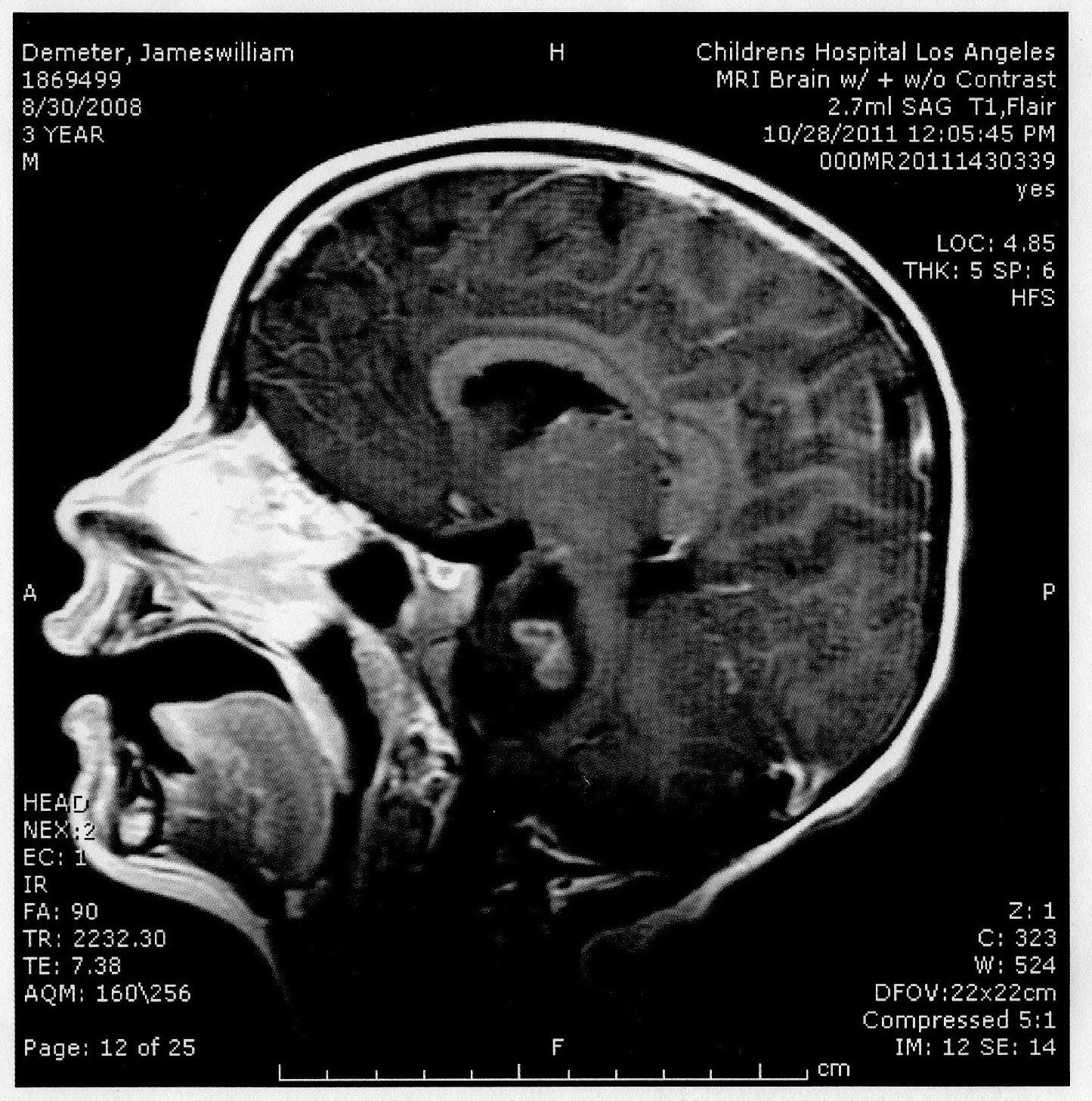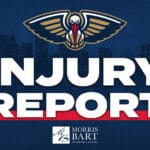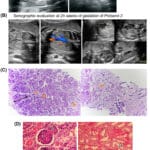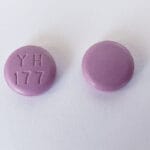This article provides a compassionate and comprehensive overview of DIPG survival rates, current research, and resources for families. We understand that facing a DIPG diagnosis is incredibly difficult, and our aim is to provide clear, empathetic information and support.
What are the Survival Rates for DIPG?
Diffuse Intrinsic Pontine Glioma (DIPG) is an aggressive childhood brain tumor with a challenging prognosis. The median survival time is typically between 8 and 11 months. This means that approximately half of the children diagnosed with DIPG will likely survive for this length of time or less. While about 10% of children with DIPG may survive for 2 years, and approximately 2% for 5 years or longer, these are averages, and each child’s journey with DIPG is unique. Individual outcomes can vary significantly, and it’s important to remember that statistics do not define any one child’s experience.
Why is DIPG so Difficult to Treat?
Several factors contribute to the difficulty in treating DIPG:
Location within the Brainstem
DIPG tumors grow in the pons, a crucial part of the brainstem that controls essential bodily functions like breathing, heart rate, and sleep. This delicate location makes surgery extremely risky, if not impossible. Damage to the brainstem during surgery could lead to serious complications or even be fatal.
Diffuse Growth and Rapid Progression
DIPG cells infiltrate and intertwine with healthy brain tissue, making it incredibly challenging to distinguish between cancerous and healthy cells. This diffuse growth pattern makes complete surgical removal virtually impossible. Additionally, DIPG is known for its rapid growth and aggressive progression, further complicating treatment efforts. Symptoms often appear suddenly and worsen quickly.
Treatment Limitations
Currently, there is no known cure for DIPG. Radiation therapy is the standard treatment, which can temporarily shrink the tumor and alleviate some symptoms. However, it does not offer a long-term solution. Chemotherapy, typically used for other cancers, has shown limited effectiveness against DIPG.
What Factors Influence DIPG Survival?
While predicting individual outcomes remains challenging, research suggests that certain factors may influence a child’s response to treatment and survival time:
- Age at Diagnosis: There is some evidence suggesting that younger children might have a slightly better prognosis compared to older children diagnosed with DIPG.
- Molecular Subtype of DIPG: Variations in the tumor’s genetic makeup might influence how it responds to treatment and ultimately affect a child’s prognosis.
- Response to Initial Treatment: Some children seem to respond more positively to standard treatments like radiation therapy. This could be due to a variety of factors, including the individual characteristics of the tumor and the child’s overall health.
Ongoing Research and Glimmers of Hope
Despite the challenges, dedicated researchers are tirelessly working to improve outcomes for children with DIPG. Promising areas of research include:
- Targeted Therapies: These therapies aim to specifically target cancer cells while sparing healthy tissue.
- Immunotherapy: This approach harnesses the body’s own immune system to fight the tumor.
- CAR T-cell Therapy: This innovative therapy reprograms a child’s own immune cells to attack cancer cells. It is showing promise in early stages of research.
- Improved Drug Delivery Methods: Researchers are exploring new ways to deliver drugs directly to the tumor site, potentially improving treatment effectiveness.
- Genetic Profiling: By understanding the specific genetic changes driving DIPG growth, researchers can develop more personalized treatments.
- Clinical Trials: Clinical trials are crucial for evaluating the safety and effectiveness of new treatments and offer potential pathways to improved outcomes. [https://www.lolaapp.com/]
Has Anyone Recovered from DIPG?
While long-term survival remains uncommon, there are documented cases of children living well beyond the typical prognosis. These cases, while rare, offer hope and fuel ongoing research. One notable example is the story of a man who is now 26 years old and was diagnosed with DIPG 23 years ago. The International DIPG/DMG Registry meticulously tracks these exceptional cases to gain valuable insights.
Supportive Care and Resources for Families
A DIPG diagnosis impacts the entire family. Supportive care focuses on managing symptoms, providing emotional support, and improving the child’s quality of life. Resources like palliative care, counseling, and support groups can provide comfort and assistance during this difficult journey. Connecting with other families facing similar challenges can offer invaluable support and understanding. Organizations such as The DIPG Registry, The Brain Tumour Charity, and the National Cancer Institute offer valuable information and resources.
Moving Forward with Hope and Determination
While DIPG presents significant challenges, research continues to offer hope for improved outcomes. Staying informed about the latest advancements, participating in clinical trials when appropriate, and accessing available support resources can empower families and provide strength during this challenging journey. Uncover the multifaceted nature of diethyl ether sds and explore the fascinating world of cricopharyngeal bar.
- Unveiling Bernhard Caesar Einstein’s Scientific Achievements: A Legacy in Engineering - July 15, 2025
- Uncover who is Jerry McSorley: CEO, Family Man, Business Success Story - July 15, 2025
- Discover Bernhard Caesar Einstein’s Scientific Contributions: Unveiling a Legacy Beyond Einstein - July 15, 2025















